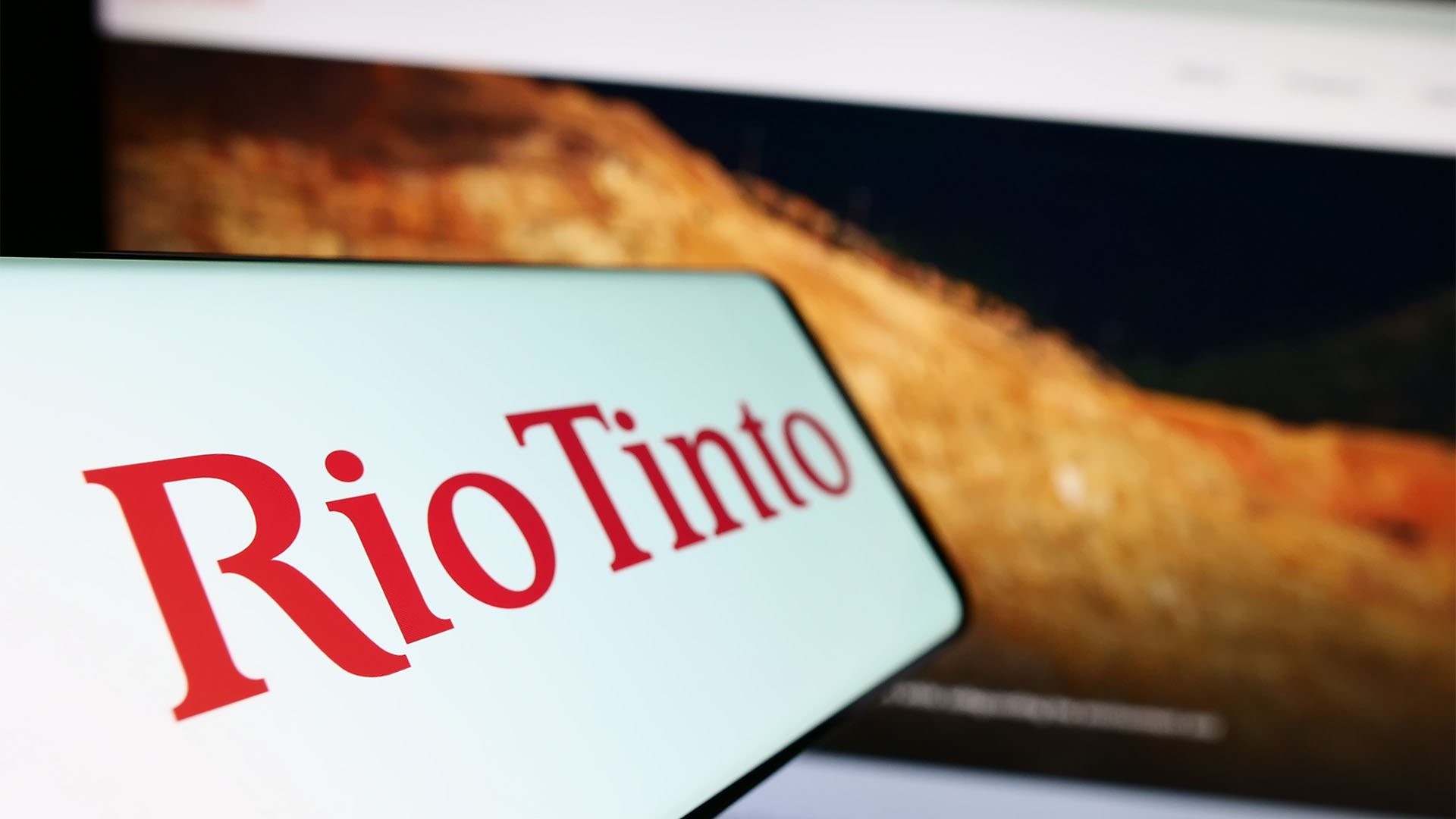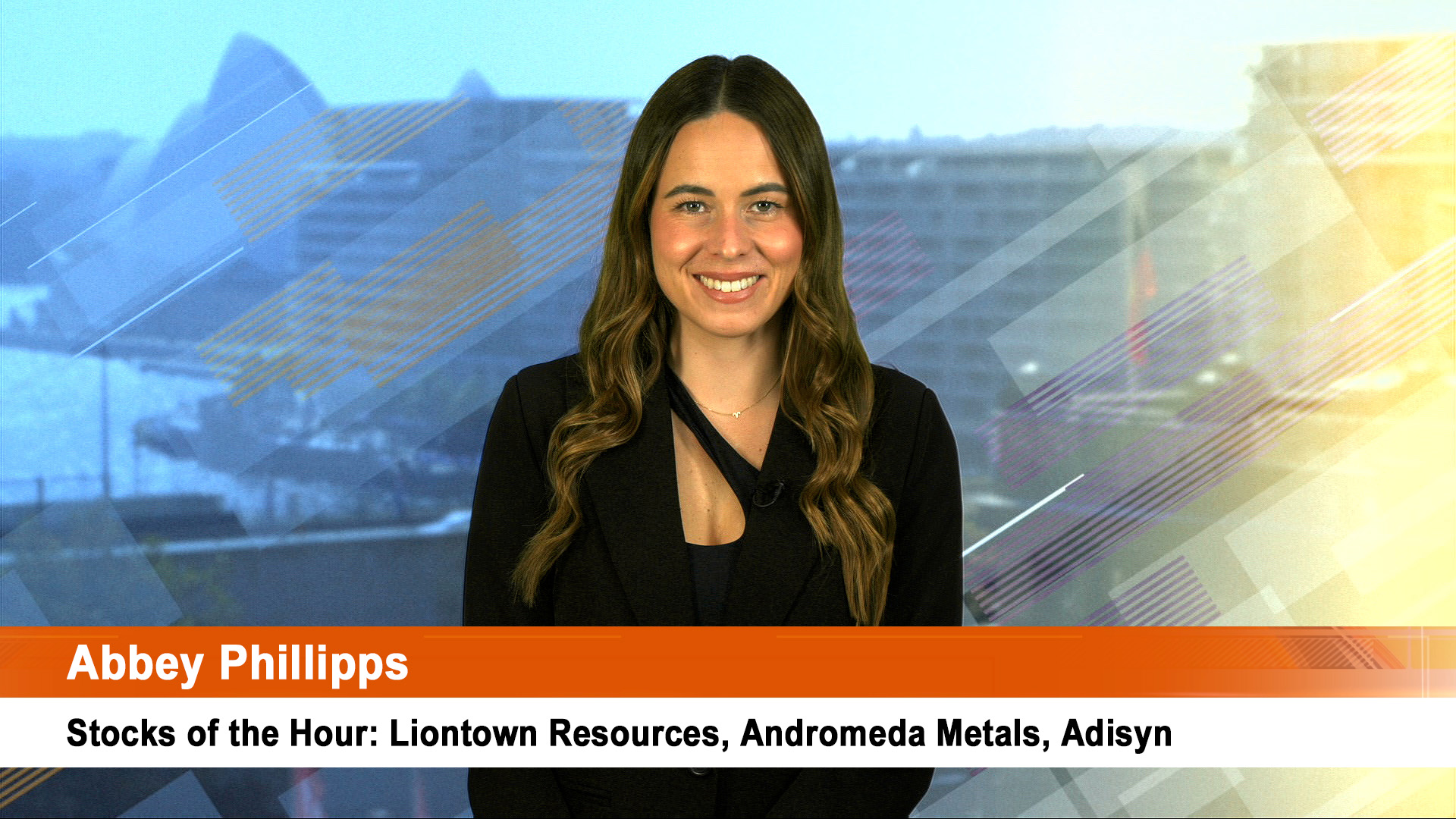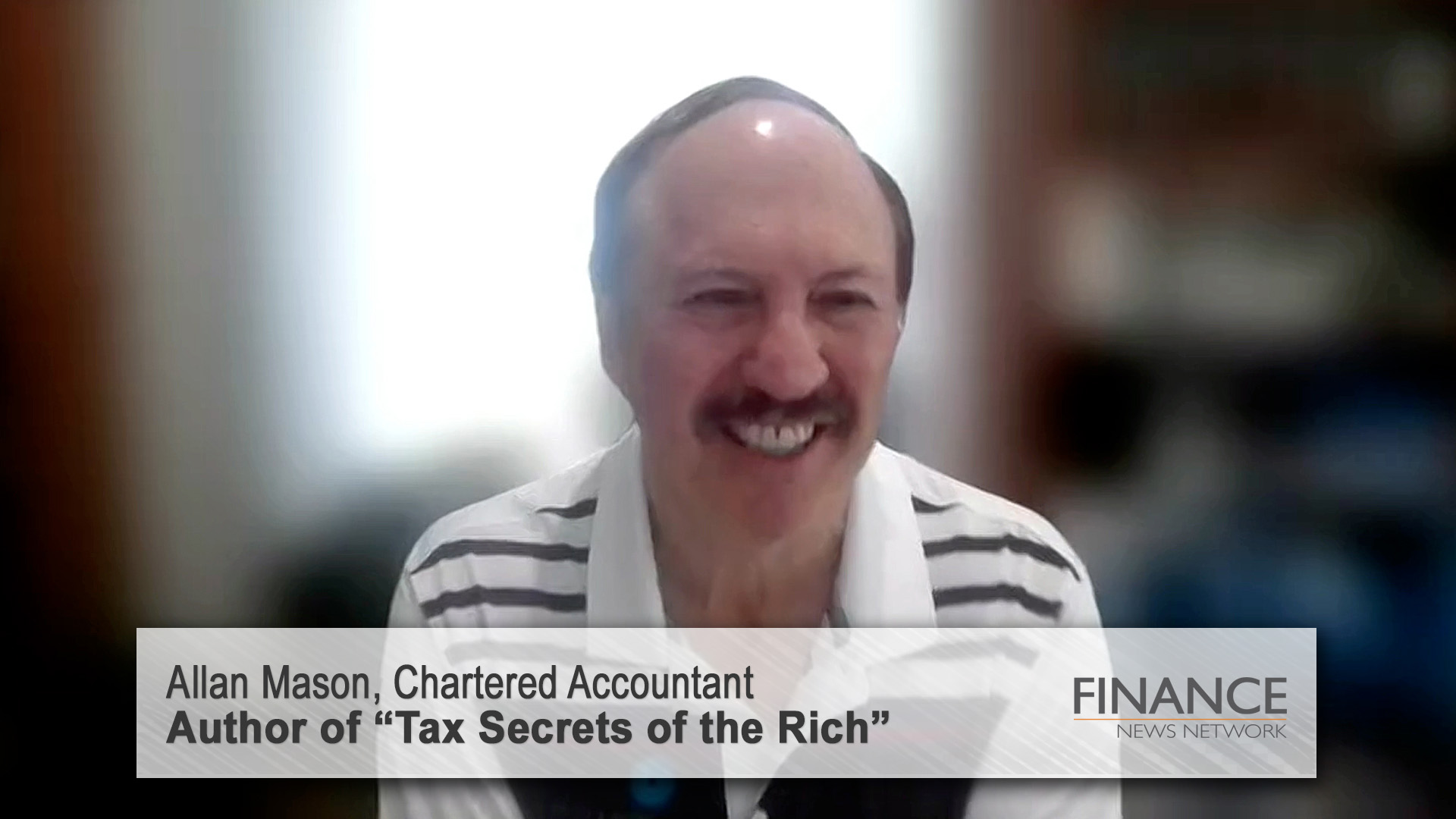The new laws won’t take the fading Australian media sector into the future, but allow it to go back to the comfortable past when they dominated the media they understood and rejected or kept out what they didn’t want-such as pay TV, offset printing, and the early rise of digital technologies (such as computer-based editing and production systems – often with help from the print and journalists unions).
But once the marriages end, the resulting indebted empires will have nowhere else to go but follow Seven West Media down the long slide of falling revenues, profits and staff numbers.
Irrelevance awaits in the times of iPhones, Amazon, Facebook, Apple, Google, Microsoft and whatever else is coming.
The Turnbull government changes will now allow our rent-seeking media owners to recreate the same media structures that were torn down in the wake of the Hawke-Keating Government (and Professor Bob Baxt as head of the then Trade Practices Commission) allowing News Corp to buy control of the massive Herald and Weekly Times in 1987, which helped trigger the changes and ownership controls that the latest legislation waters down.
Murdoch had made an earlier move on the HW&T in 1979 and returned again with an agreed bid eight years later.
Younger investors and those in politics and business don’t remember the HW&T. It owned or controlled The Melbourne Herald, The Melbourne Sun News Pictorial, The Brisbane Courier Mail, and the Telegraph and the Sunday Mail; the Adelaide Advertiser and the Sunday paper, the West Australian and the Hobart Mercury. It controlled regional papers as well in Victoria and Queensland as well as The Weekly Times.
And it controlled the Seven Network via its key station in Melbourne, HSV 7 (in co-operation with the Fairfax owned ATN7 in Sydney), with Seven stations in Brisbane and Adelaide. It owned radio stations (the key station was 3DB in Melbourne). HW&T also owned a small stable of magazines and also had huge property holdings and shares in newsprint companies.
In Sydney Fairfax controlled the Sydney Morning Herald, The Sun, The Sun Herald, the Australian Financial Review and had 17 years earlier finally conquered and grabbed control of the Melbourne Age.
It also controlled ATN 7 (and owned the Nine Network station in Brisbane). It controlled regional papers in NSW such as the Newcastle Herald and the Illawarra Mercury, and the Canberra Times. It controlled Macquarie Radio network, the country’s biggest and most profitable. Fairfax also controlled a group of women’s magazines, led by Woman’s Day, Pol and Dolly. It too had huge property holdings as well as shares in newsprint and other companies.
The Fairfax empire was weakened by its defence of the HW&T against the Murdoch bid in 1979 and stared selling assets – such as the magazines, closing newspapers and cutting costs.
A terrible, ego driven attempt to reclaim his birthright led ‘Young’ Warwick Fairfax to takeover over Fairfax which eventually collapsed into years of fighting about the company’s assets in the wake of the 1987 stockmarket slump and then the recession of the early 1990’s (That’s where Malcolm Turnbull came to prominence, along the Robert Holmes aCourt, Christopher Skase, Alan Bond, Laurie Connell and Conrad Black).
Fairfax was ripped apart, TV sold, radio sold, the papers kept, took over the family’s Rural Press in a $2.5 billion plus deal which caused further problems, big losses, asset sales and job losses that have only ended this year.
Murdoch had The Australian, the Adelaide News and the Daly Mirror in Sydney and the Sun in Brisbane. He bought the Sydney Daily Telegraph and the Sunday edition from Frank Packer in 1972.
He bought control of Channel 10 in Sydney in the ate 1970’s and then the Melbourne station in 1981 after buying control of Ansett. When he got control of the HW&T (ownership of Queensland Newspapers in Brisbane was in his name to avoid media law ownership restrictions) he ripped it apart. In the mid 2000s when Murdoch moved News Corp’s domicile to the US, he set up the Australian current structure which at that stage included 25% of Foxtel (now 50%).
Now Rupert Murdoch and son Lachlan will be able to recreate the Australian empire once again by backing control of Ten, Fairfax will be able to marry Nine and presto, it’s the good old days, with control of Macquarie Radio (in Sydney and Melbourne) and part of the old TV network back again.
Southern Cross Media might find another dance partner, but it could remain free. It could be bought by Telstra, for example, if it is stupid and wants to add radio and to its rapidly expanding streaming and pay TV business which this year will have more than $1 billion in revenue (and only a few hundred million away from Seven West Media’s revenues).
And then there’s Kerry Stokes, the man whose most recent experience tells us all that media wheeling and dealing n Australia destroys value, causes job losses and makes other shareholders poorer.
His Seven West Media is a skeleton version of what Murdoch and Fairfax might be able to create with a takeover or two. But when Stokes formed his empire back in 2011 it was worth $4.1 billion, these days its worth $1.1 billion at most.
Add a radio station or two (Nova from Lachlan Murdoch), Southern Cross, and its an empire. But Seven has over $700 million in debt, and is the most indebted of the Australian based local media groups.













